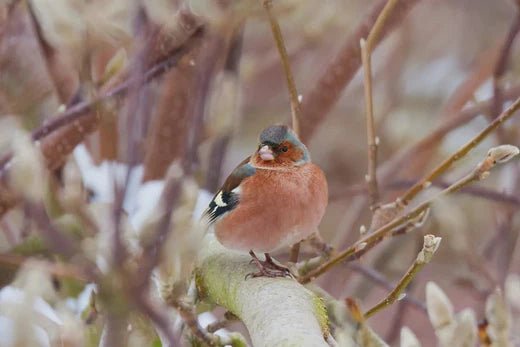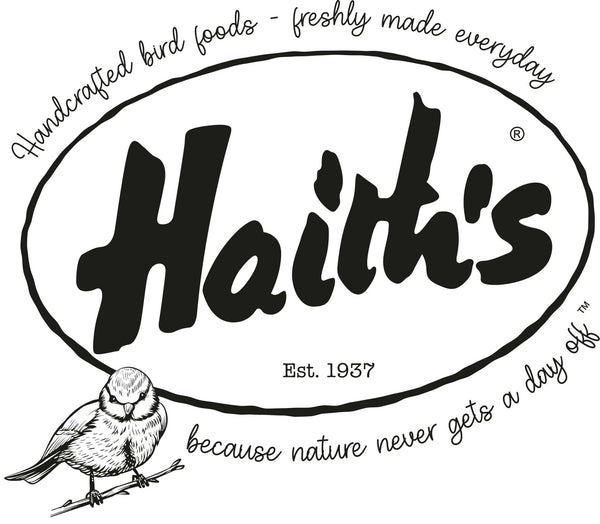
How to Attract a Variety of Birds to Your Garden This Winter
Share
When winter’s chill takes hold, feeding wild birds becomes even more vital. Freezing temperatures make natural food sources scarce, and icy conditions can make your regular bird feeding setup less effective. Here’s how to adapt your bird feeding routine to ensure your feathered visitors stay well-fed and healthy this winter.

Invest in Durable Feeders
Winter weather demands feeders that can withstand frost, snow, and freezing rain. Haith’s durable feeders are designed to endure harsh conditions while keeping your bird food accessible and fresh. Their sturdy construction and weather-resistant materials ensure they remain reliable, even during prolonged icy spells. Position feeders in sheltered locations, such as near hedges or trees, to minimize exposure to wind and ice buildup.
Focus on High-Energy Foods
Birds burn more calories in cold weather, so offering high-energy foods is essential. Haith’s suet-based treats, such as suet pellets or blocks, are packed with fat and nutrients to keep birds warm and energized. Black sunflower seeds and peanut granules are also excellent choices, as they’re rich in calories and easy for birds to consume.
Avoid foods that can freeze solid, like fruit or soft mixes, and instead opt for blends specifically designed for winter feeding. Haith’s original Softfood mix, for example, remains easy to eat even in sub-zero temperatures.
Keep Feeders Clean and Accessible
Snow and ice can block feeding ports or make food inaccessible. Regularly check your feeders, clearing away any ice or compacted snow. Refill them often, as birds will rely more heavily on your feeding station during winter.
By using durable feeders and offering high-energy foods, you’ll help your garden birds thrive through even the harshest winter days. A little extra care goes a long way in supporting wildlife when they need it most.

Written by Angela.
